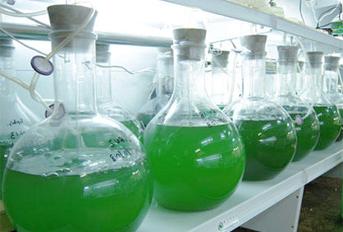Authors:
Pedro N Leão, Margarida Costa, Vitor Ramos, Alban R Pereira, Virgínia C Fernandes, Valentina F Domingues, William H Gerwick, Vitor M Vasconcelos, Rosário Martins
Affiliations:
Pedro N. Leão, Margarida Costa, Vitor Ramos, Vitor M. Vasconcelos, Rosário Martins
- CIIMAR – Centro Interdisciplinar de Investigação Marinha e Ambiental, Universidade do Porto
Pedro N. Leão, Alban R. Pereira, William H. Gerwick
- Scripps Institution of Oceanography, Univesidade da Califórnia, San Diego, EUA
Virgínia C. Fernandes, Valentina F. Domingues
- REQUIMTE, Instituto Superior de Engenharia, Instituto Politécnico do Porto
William H. Gerwick
- Skaggs School of Pharmacy and Pharmaceutical Sciences, Universidade da Califórnia, San Diego, EUA
Vitor M. Vasconcelos
- Departamento de Biologia, Faculdade de Ciências, Universidade do Porto
Rosário Martins
CISA, ESTSP, Escola Superior de Tecnologias da Saúde do Porto, Instituto Politécnico do Porto
IBMC, Instituto de Biologia Celular e Molecular, Universidade do Porto
Abstract:
Cyanobacteria are widely recognized as a valuable source of bioactive metabolites. The majority of such compounds have been isolated from so-called complex cyanobacteria, such as filamentous or colonial forms, which usually display a larger number of biosynthetic gene clusters in their genomes, when compared to free-living unicellular forms. Nevertheless, picocyanobacteria are also known to have potential to produce bioactive natural products. Here, we report the isolation of hierridin B from the marine picocyanobacterium Cyanobium sp. LEGE 06113. This compound had previously been isolated from the filamentous epiphytic cyanobacterium Phormidium ectocarpi SAG 60.90, and had been shown to possess antiplasmodial activity. A phylogenetic analysis of the 16S rRNA gene from both strains confirmed that these cyanobacteria derive from different evolutionary lineages. We further investigated the biological activity of hierridin B, and tested its cytotoxicity towards a panel of human cancer cell lines; it showed selective cytotoxicity towards HT-29 colon adenocarcinoma cells.
Journal:
PLoS ONE
Link:





